5925002587121
Price Quote Get an up to date pricing and availability quote for this product. Order online or over the phone.
Quality Commitment
Serving our customers with quality and safety first.
- AS9120 Certified
- Audited supply chain
- ITAR Registered
- DDTC Registered
- HAZMAT Certified
- Customer service objectives
- Every product 100% inspected

5925-00-258-7121 Specification Set by the OEM (see RNCC code 3)
single pole type
2.203in.
0.766in.
plastic
0.750in.
1.813in.
moderately rugged
1.438in.
1
air
2 threaded hole
general purpose warehouse
5.0 amperes ac single location and 5.0 amperes dc single location
30.0 ac single location and 30.0 dc single location
100.0 ac single location and 100.0 dc single location
overcurrent single location
thermal single location
time delay single location
122.0 single location
manual
trip free
1 toggle
TRIP-Reset
at pole one
series trip single location
0.164in. ⁓11/64"
800.000 at 125 pct single location and 50.000 at 200 pct single location and 12.000 at 300 pct single location
25.0 deg celsius single location
luminous tip
60.0 single location
1.850 ounces
unc
2 screw
Cross Reference Parts Part numbers that meet the specification outlined on this page and set by the OEM
Identification Item Identification Guide (IIG) and Item Name Code (INC)
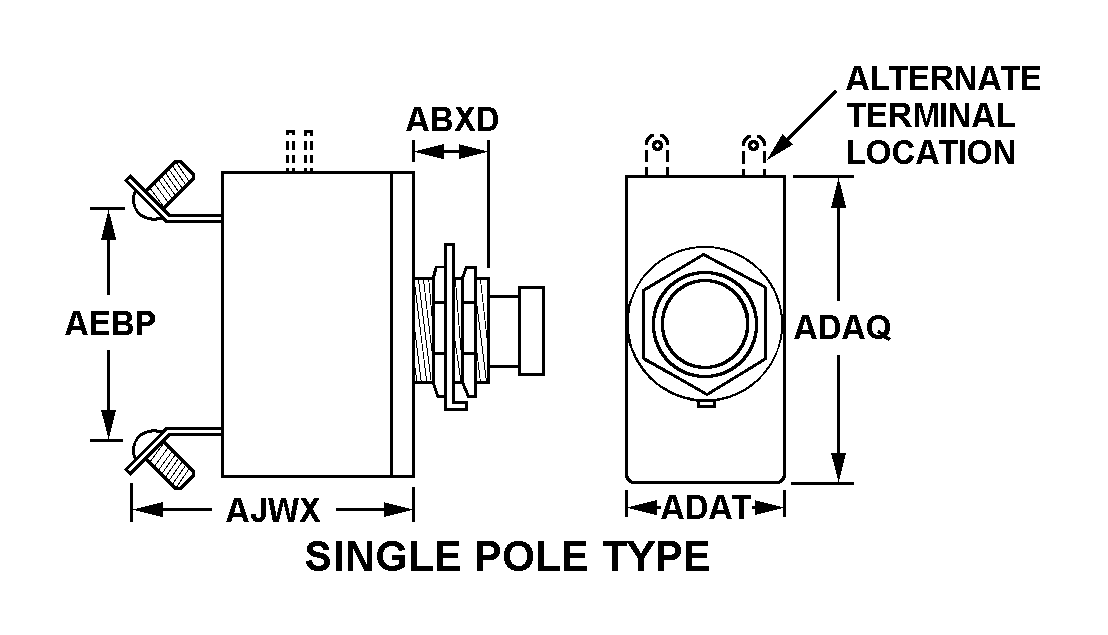
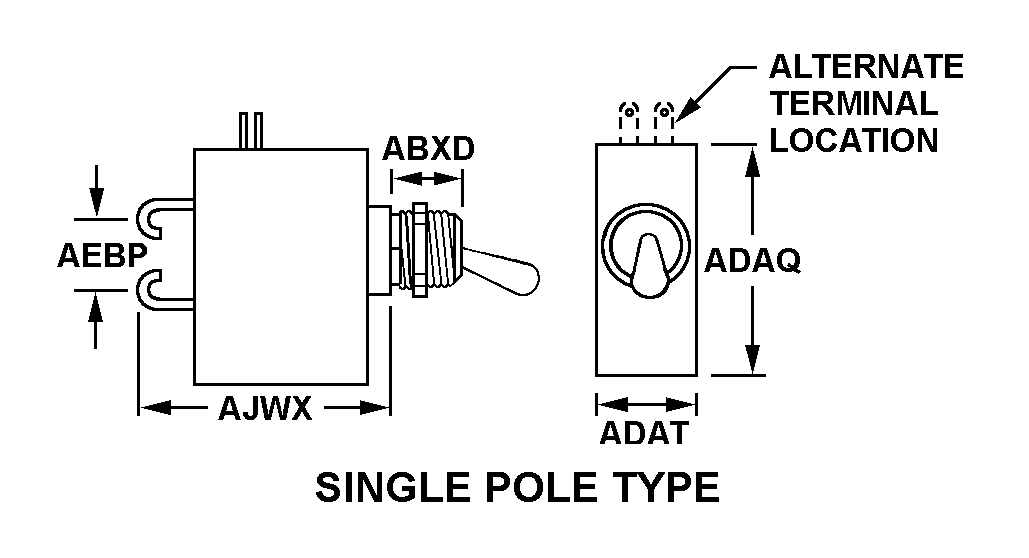
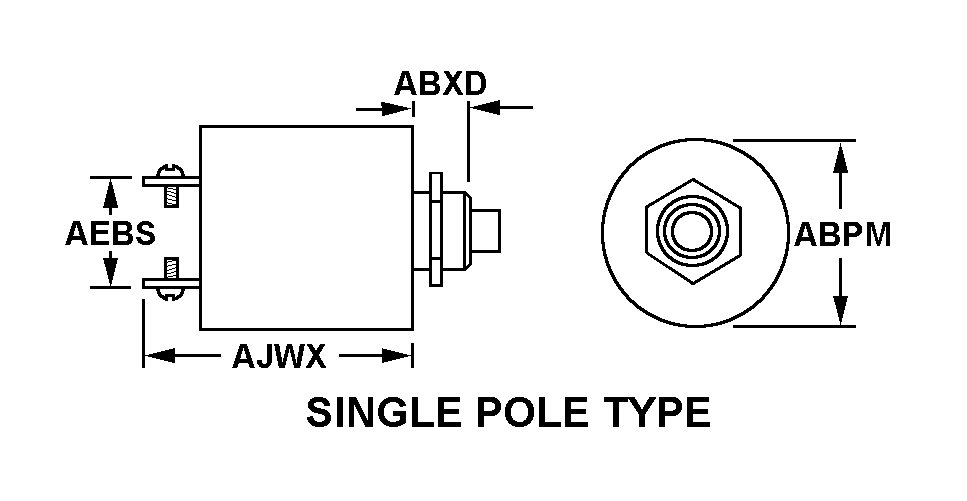
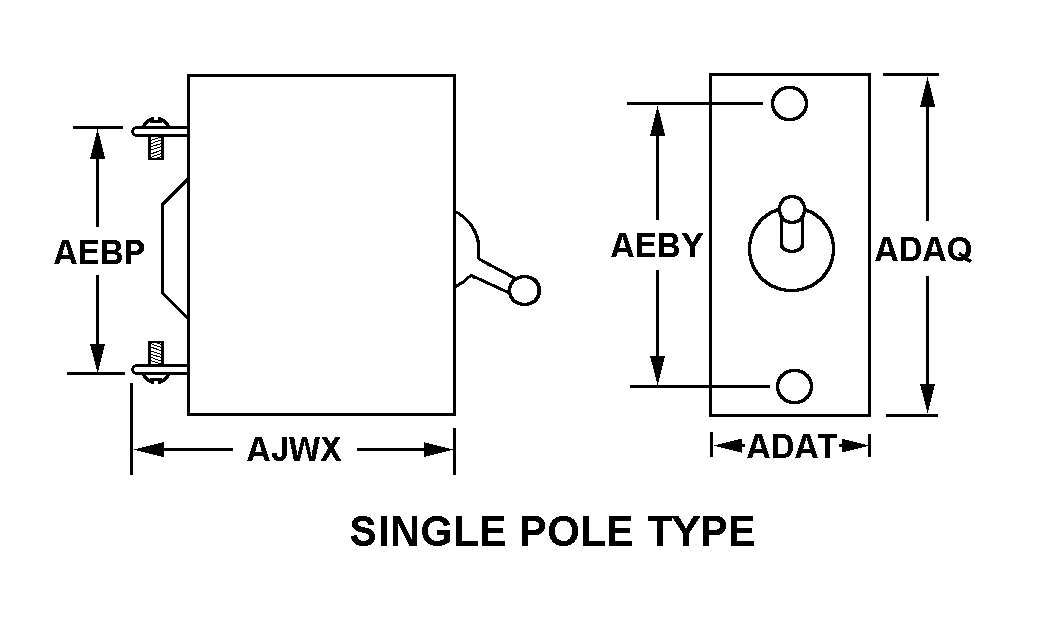
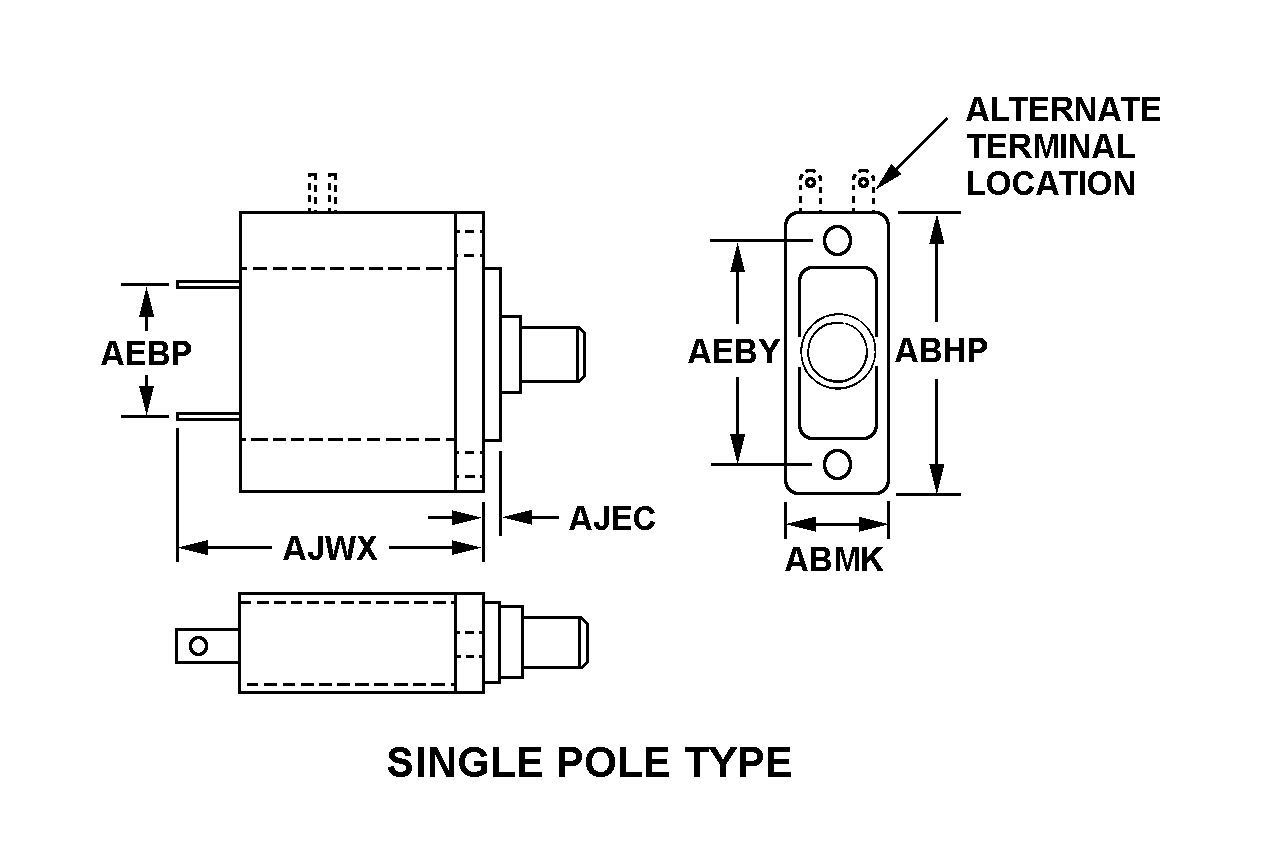
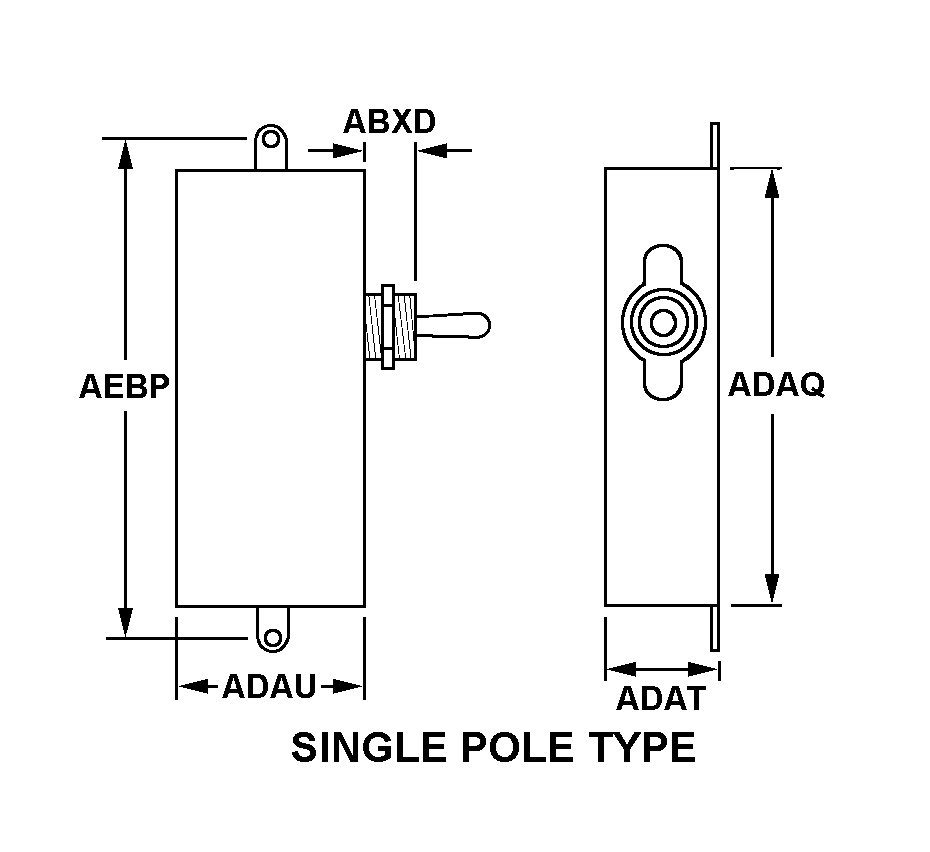
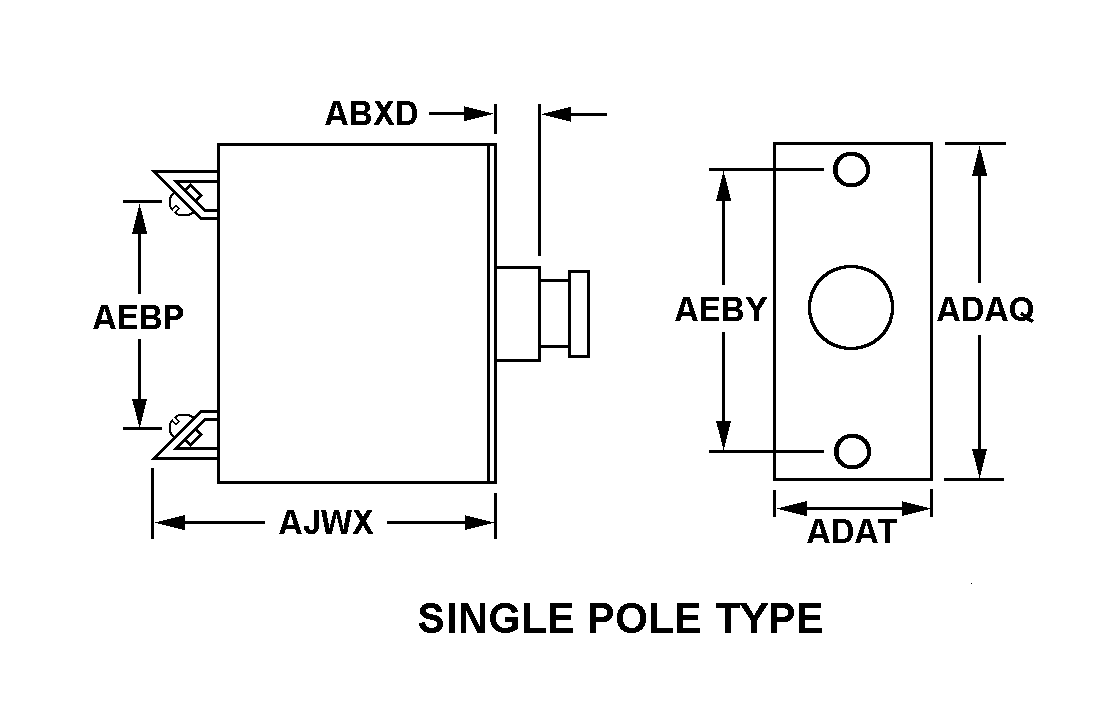
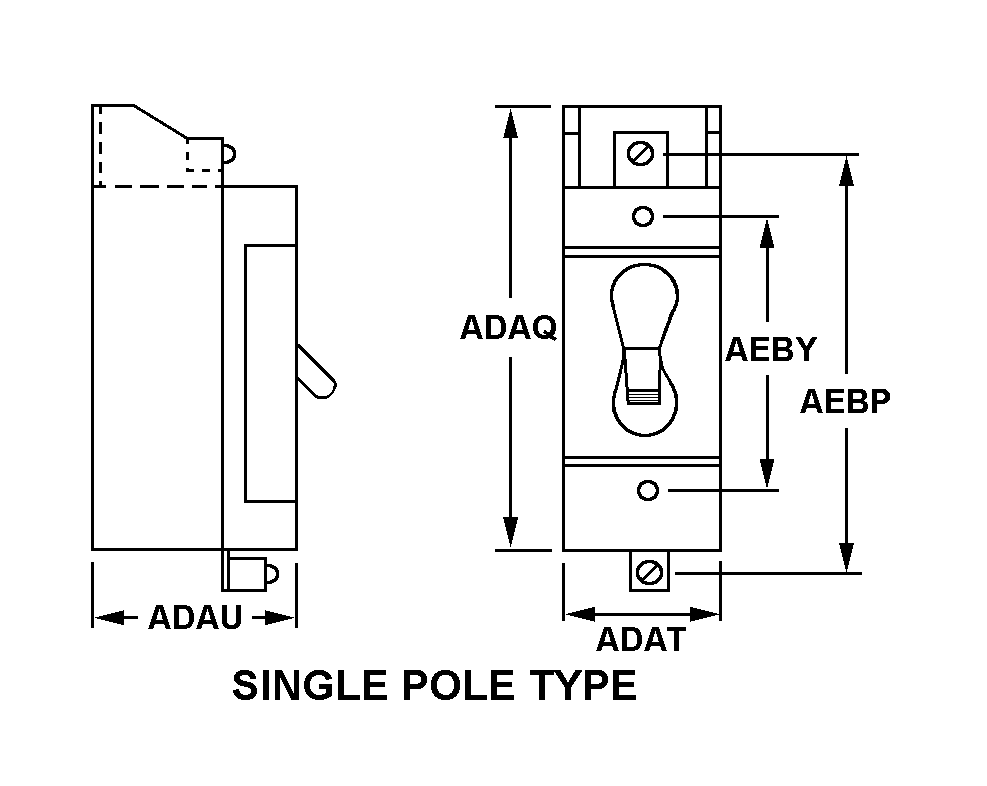
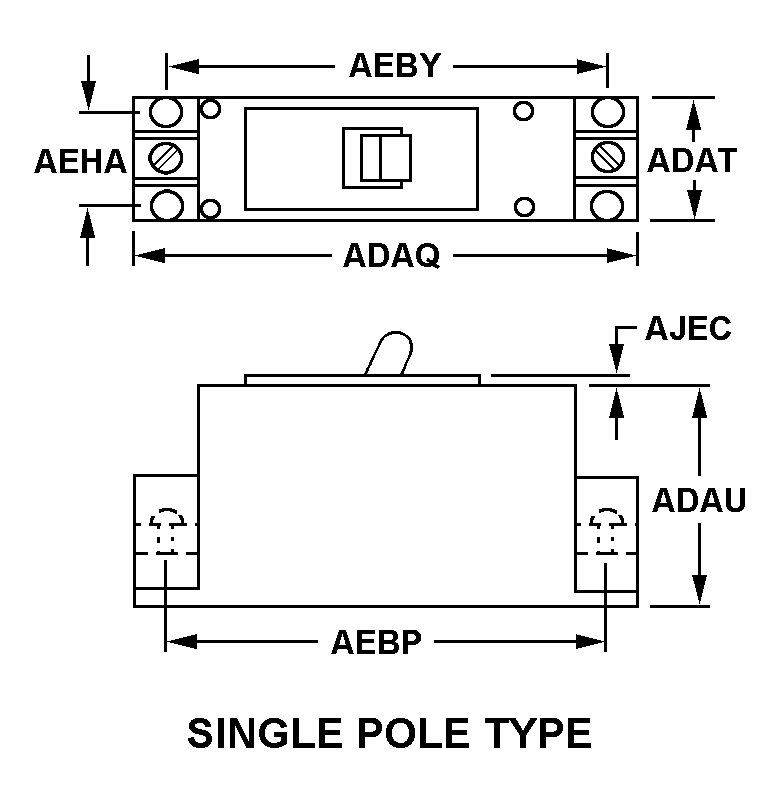
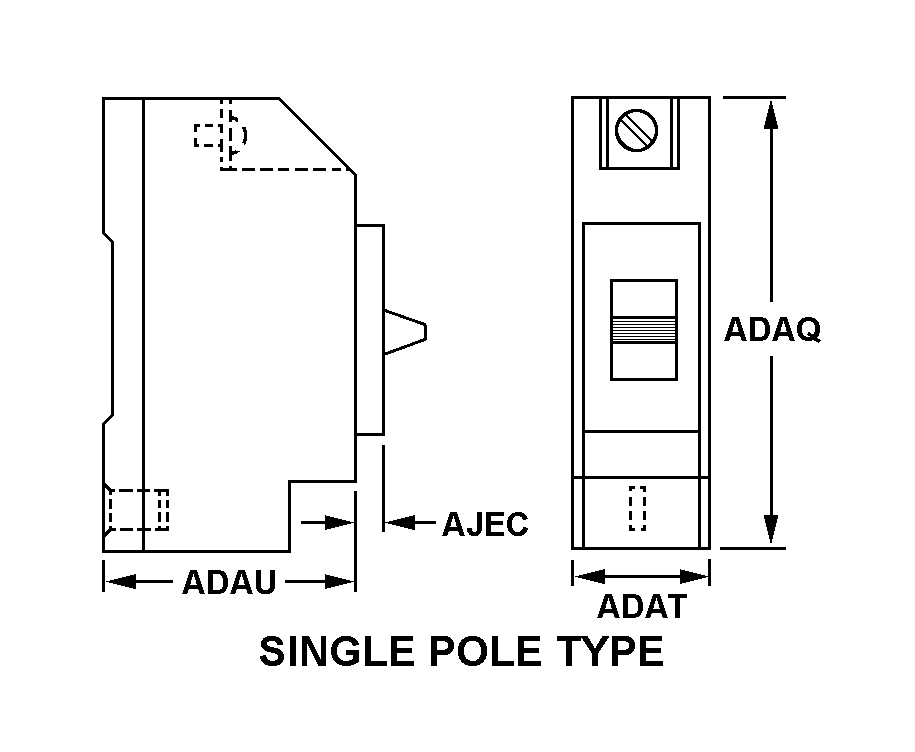
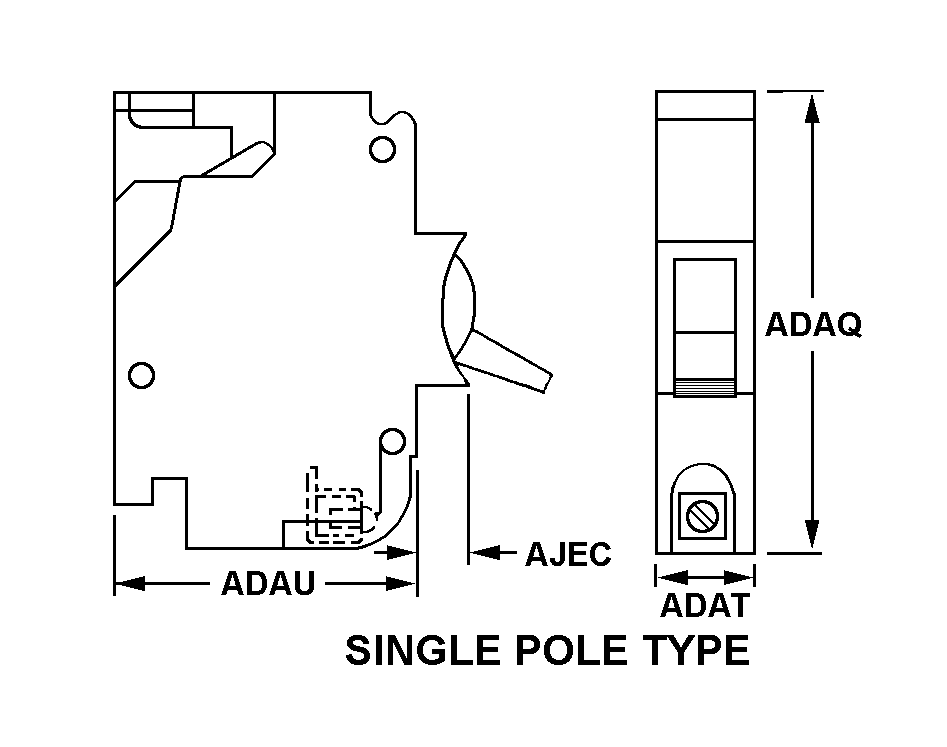

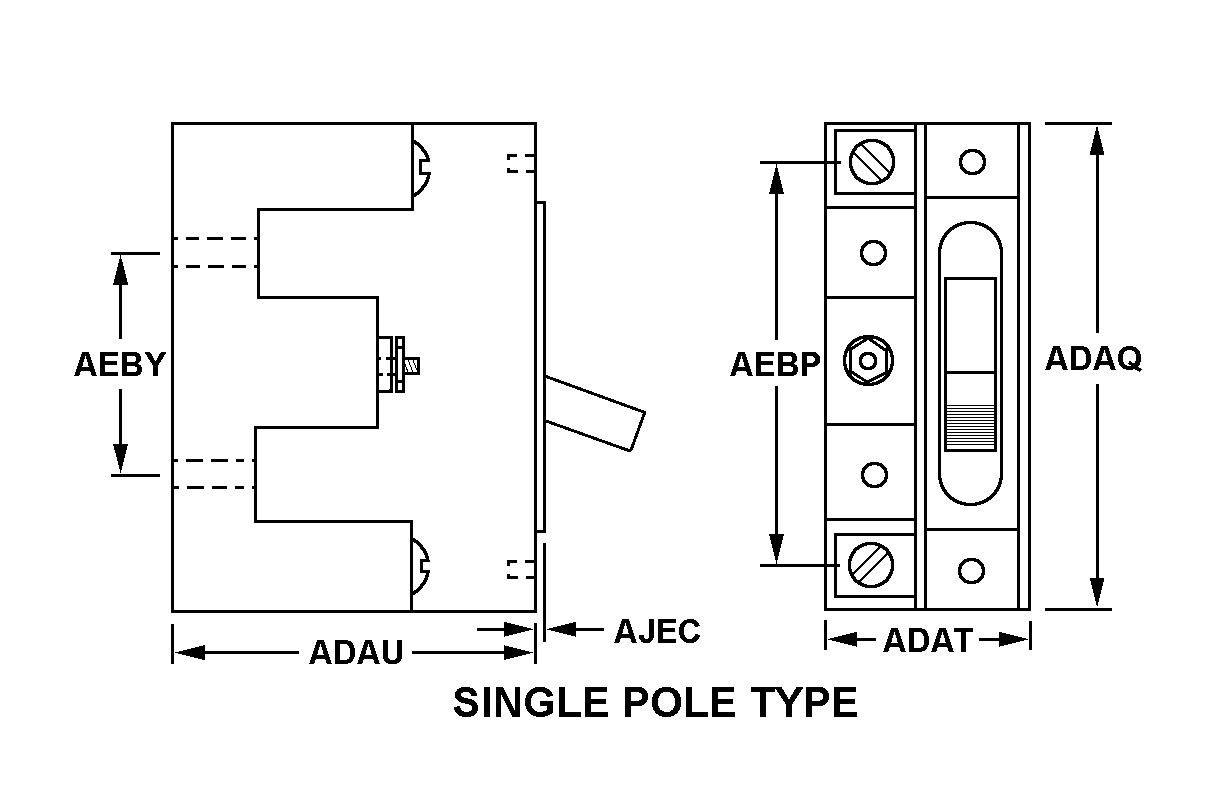
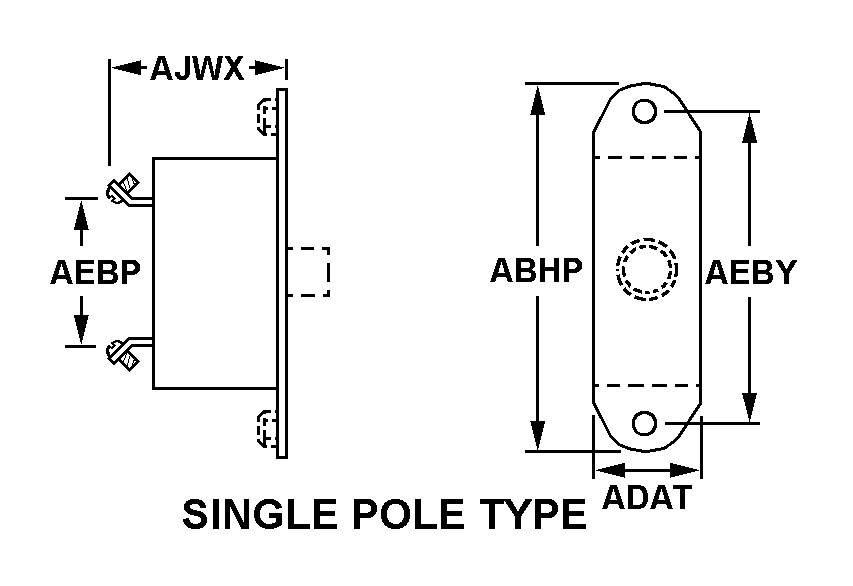

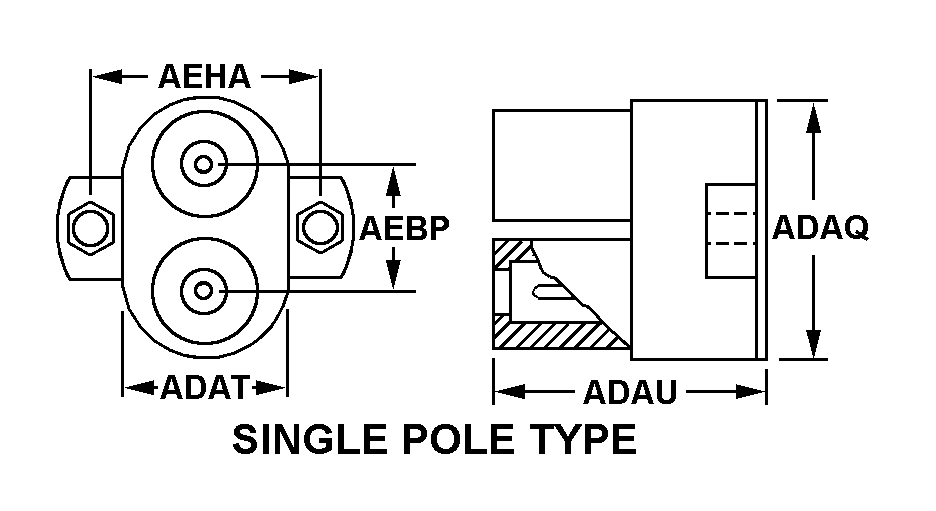
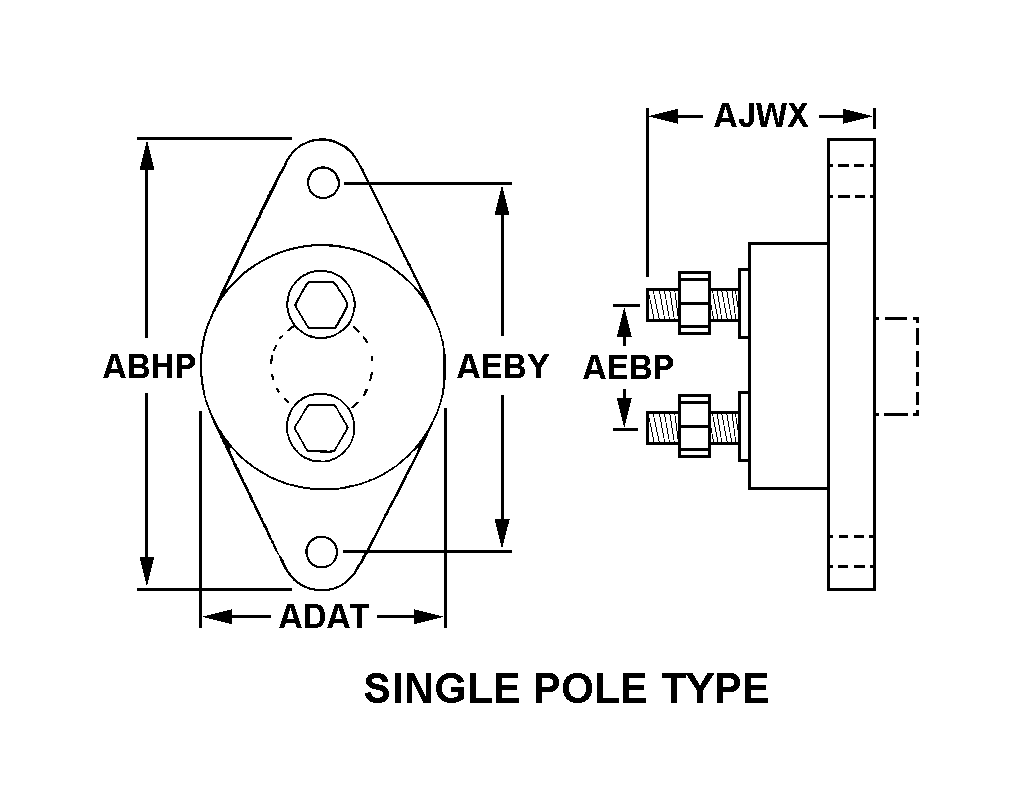
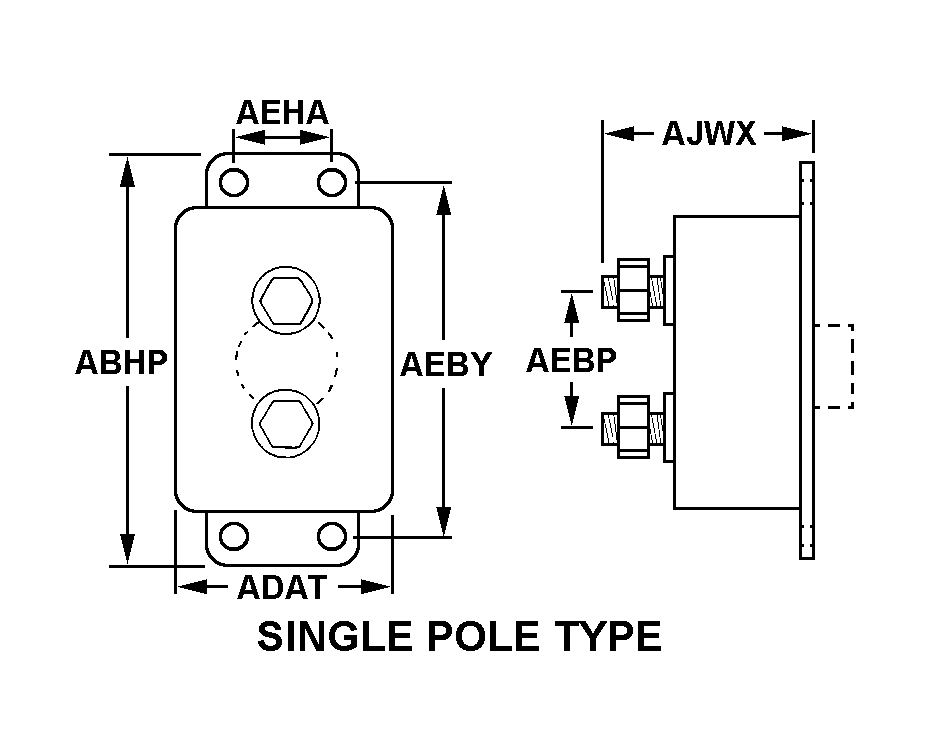
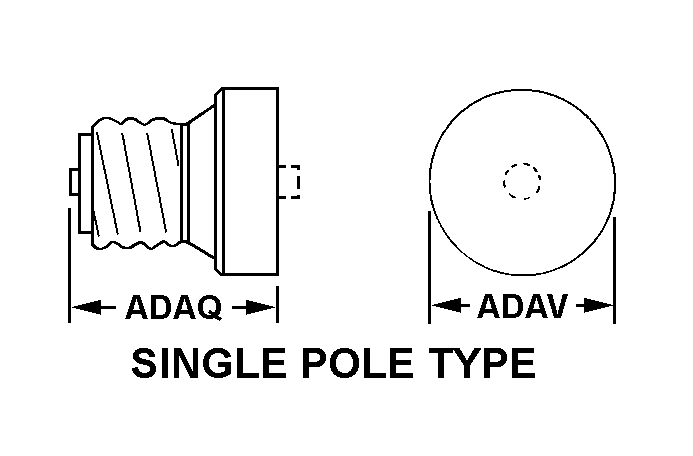
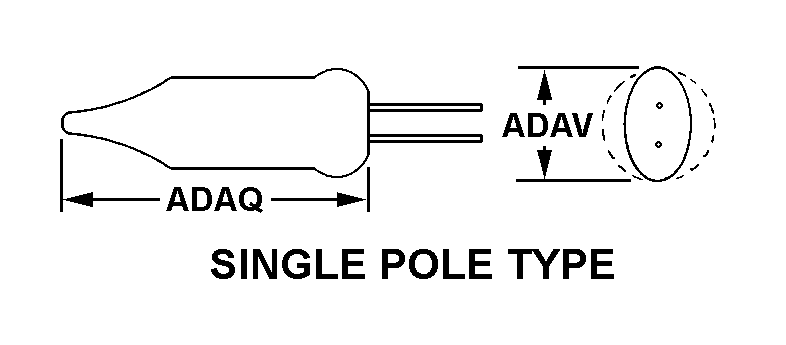
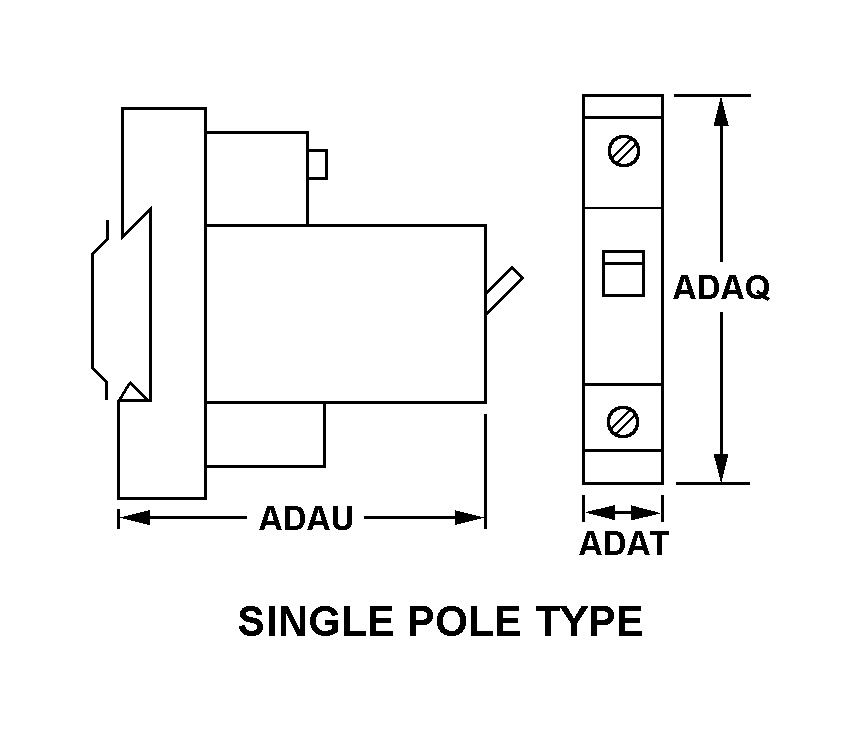
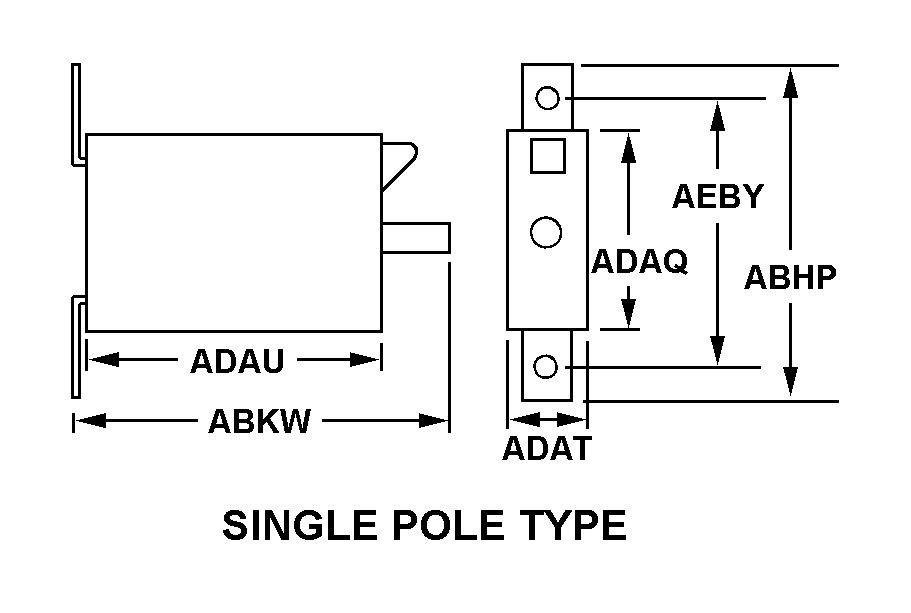
Definition Definition of approved item name (AIN): "CIRCUIT BREAKER"
A device with means other than fuses for automatically opening the circuit in which it is installed when the current varies from the predetermined value for which the device is set. May include provisions for manual operation. At least one set of contacts must be in series with the actuating element(s). A combination of semiconductor and passive devices may be used in lieu of contacts. For automatically operated items in which the actuating (tripping) element and contacts are not in series, see relay (as modified). For items which are operated both manually and automatically but the actuating elements and contact are not in series, see relay-switch. Excludes circuit breaker box and magneto "breaker" assemblies. See also switch (as modified); and controller.
5925-00-258-7121 Material Hazmat, Precious Metals, Criticality, Enviroment, and ESD
Indicates information is in the hazardous materials information resource system (hmirs).
Precious metal content is unknown
The item does not have a nuclear hardened feature or any other critical feature such as tolerance, fit restriction or application.
Identification Codes
HMIC: Hazardous Material Indicator Code. A one position code that identifies a hazardous item.
PMIC: Precious Metal Indicator Code. A one position code which identifies items that have precious metals as part of their content. precious metals are those metals generally considered to be uncommon, highly valuable, and relatively superior in certain properties such as resistance to corrosion and electrical conductivity.
ESD: Electrostatic Discharge. Indicates if an item is susceptible to electrostatic discharge or electromagnetic interference damage. electrostatic discharge damage occurs when an accumulation of static electricity generated by the relative motion or separation of materials is released to another item by direct contact. electromagnetic interference damage occurs when an item comes into proximity with an electrostatic or magnetic field.
ENAC: Enviromental Attribute Code. Identifies items with environmentally preferred characteristics.
CRITL: Criticality Indicator Code. Indicates an item is technically critical by tolerance, fit, application, nuclear hardness properties, or other characteristics.






